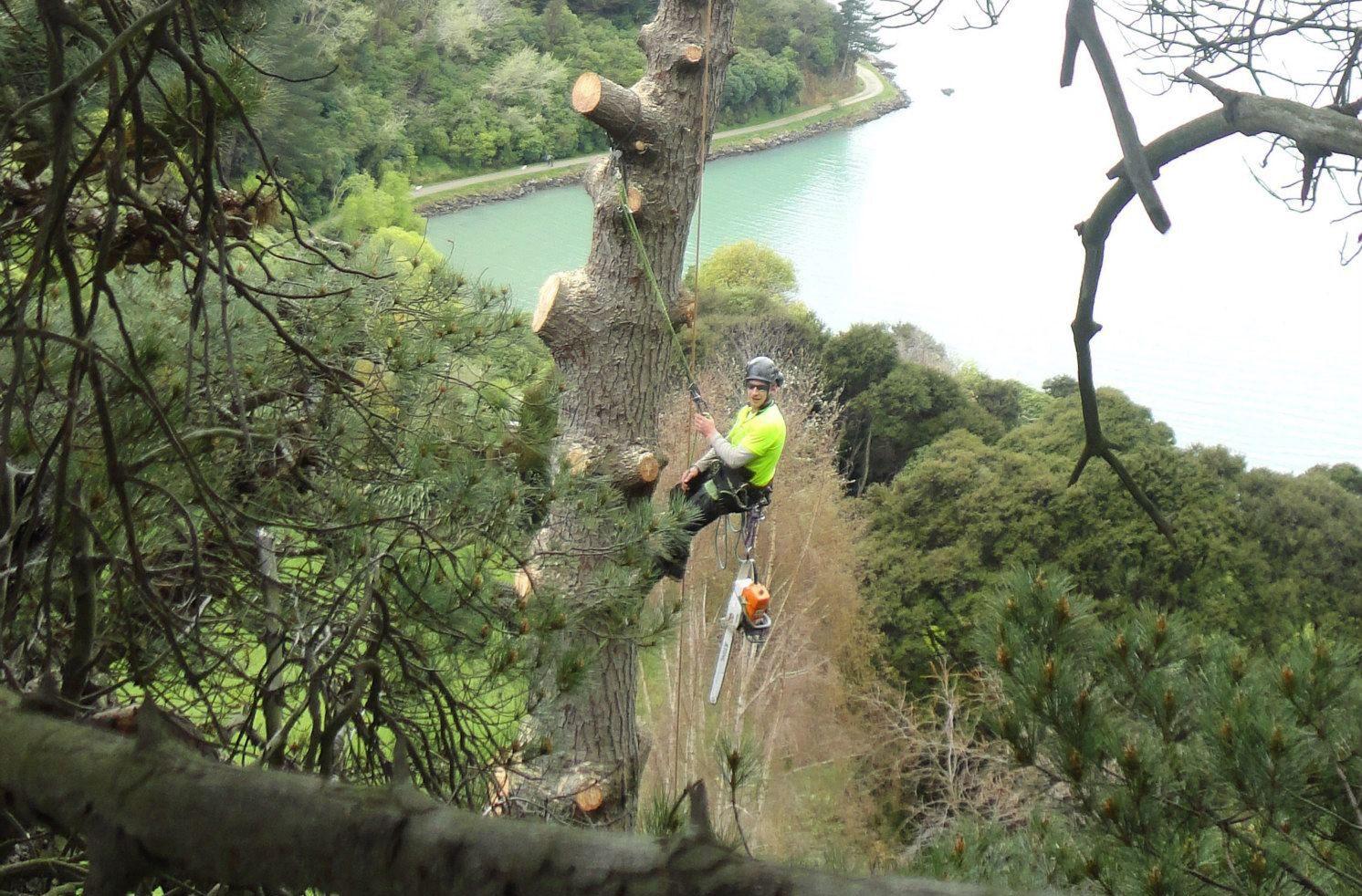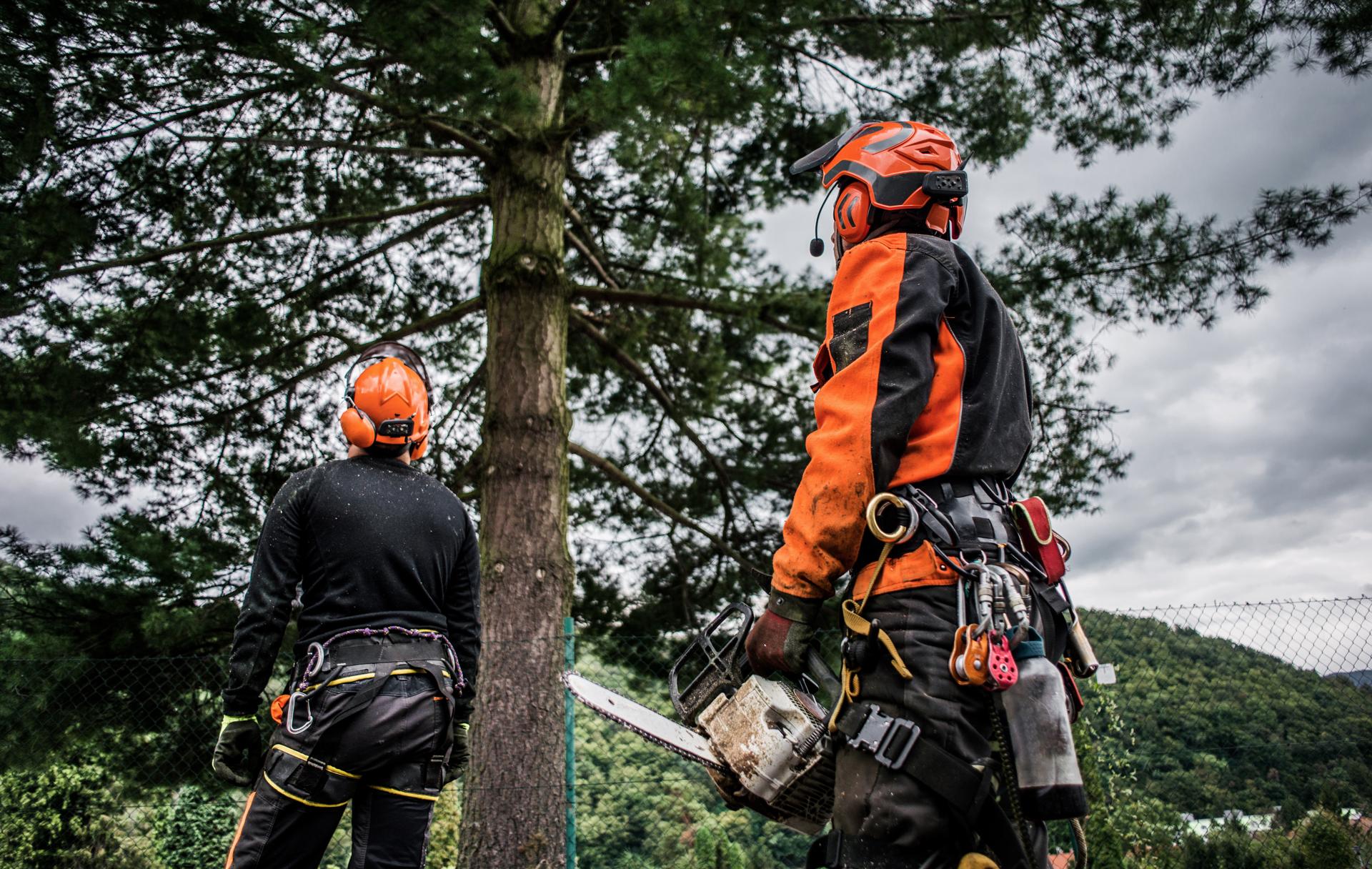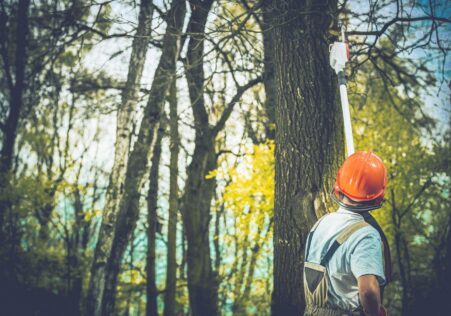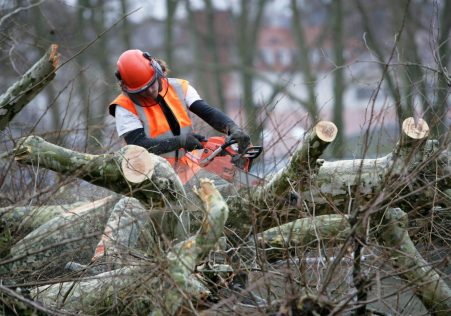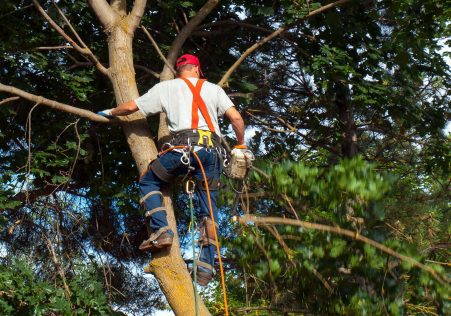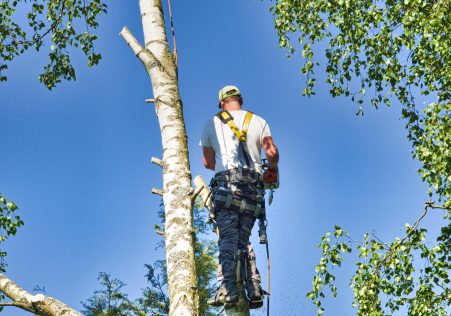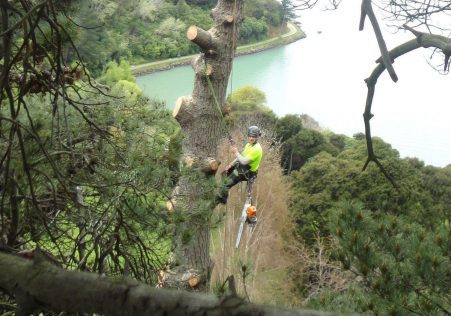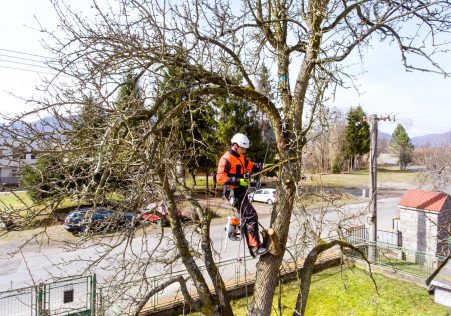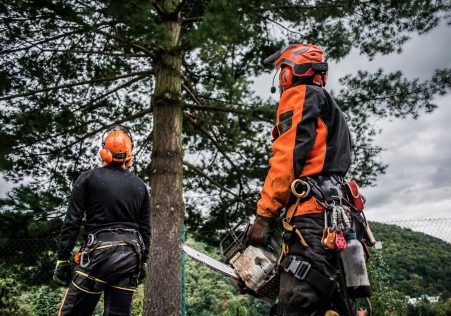An Arborist's Manual to Tree Cutting Down
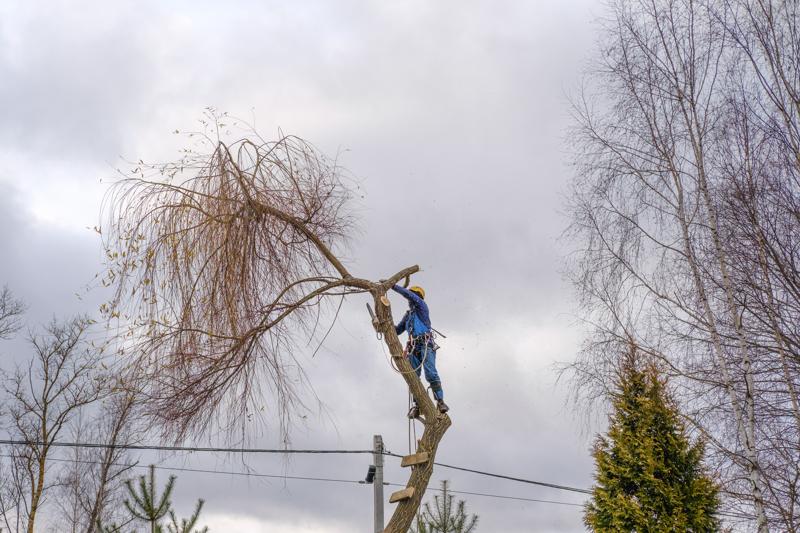
Tree removal is a complex and potentially hazardous task. If a tree is dead, diseased, or in danger to fall, the tree could have to be removed in order to avoid damage to property and guarantee safety. How do you know whether a tree should be removed? This article will guide you through the warning signs to watch out to and assist you figure out when it’s time to call in the professionals.
Dead or Dying Trees
One of the evident signs that a plant needs to be removed is if it is dead or dying. Dead trees are without leaves and could appear lifeless. If a tree doesn’t have leaves or signs of new growth, it’s probably dead. The bark of a dead tree could be cracked, dry or peeling.
Trees that are diseased
The trees that are sick can pose a threat to other plants and trees in the surrounding area. The most common signs of disease on trees are the appearance of yellowing leaves, wilted branches, and the growth of mushrooms at the root of the tree. If you think your tree might be suffering from disease, it’s important to have it inspected by a certified arborist.
Leaning Trees
TreesLeaning trees towards one side could be an indication of a failing root structure and the tree may be at risk of falling. To find out if a tree that is leaning is a danger, look for cracks or breaks within the trunk and examine the soil around the base of the tree. If you notice any of these signs it is recommended to have the tree evaluated by an arborist.
Overhanging Branches
Overhanging branches of trees located close to buildings or power lines can pose a risk to property and safety. If you are concerned about overhanging branches It is recommended to get the tree assessed by an arborist who will determine if removal or trimming is required.
FAQs
How can I tell whether a tree is dead?
The tree will be considered to be dead if it is without leaves and shows no indication of new growth. In addition, the bark of dead trees can be dry, cracked, or peeling.
What are the symptoms of a diseased tree?
The most common signs of disease in trees include dying leaves, wilted or yellowed branches, and mushrooms growing at the bottom of the tree.
Is it safe to remove the tree by yourself?
Tree removal can be a complicated and possibly dangerous job. It’s best to leave it to experts who can protect yourself and others.
Conclusion
When it comes to tree removal, it’s crucial to be able to identify the indications that a tree needs to be removed. When you’re aware of indications of dying or dead trees, diseased trees overhanging or leaning branches, you can take steps to protect your property as well as those who live around you. If you think that the tree that is on your property needs to be removed and you are unsure, call Hawkesbury Tree Lopping for a professional evaluation. Our arborists with years of experience have the experience and equipment to meet your tree removal needs. Do not risk your safety. If you think a tree on your property should be removed, call Hawkesbury Tree Lopping today for a expert assessment. Our arborists are experienced and will give you the peace of mind that comes from knowing your property is in good with us. Contact us today by dialing 0480 024 203 to schedule an appointment.

